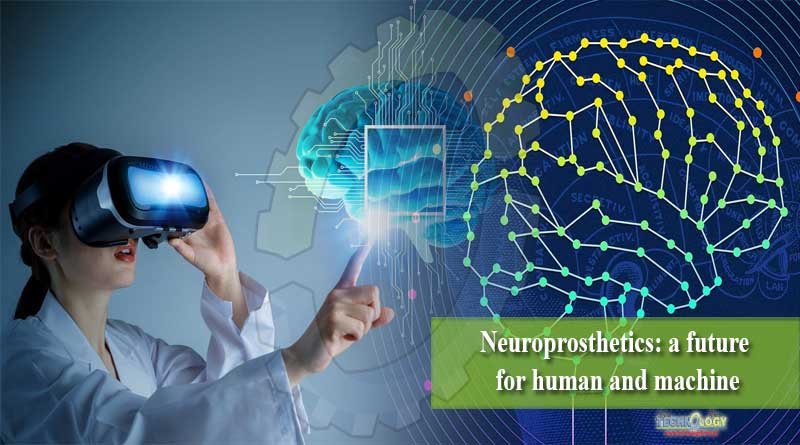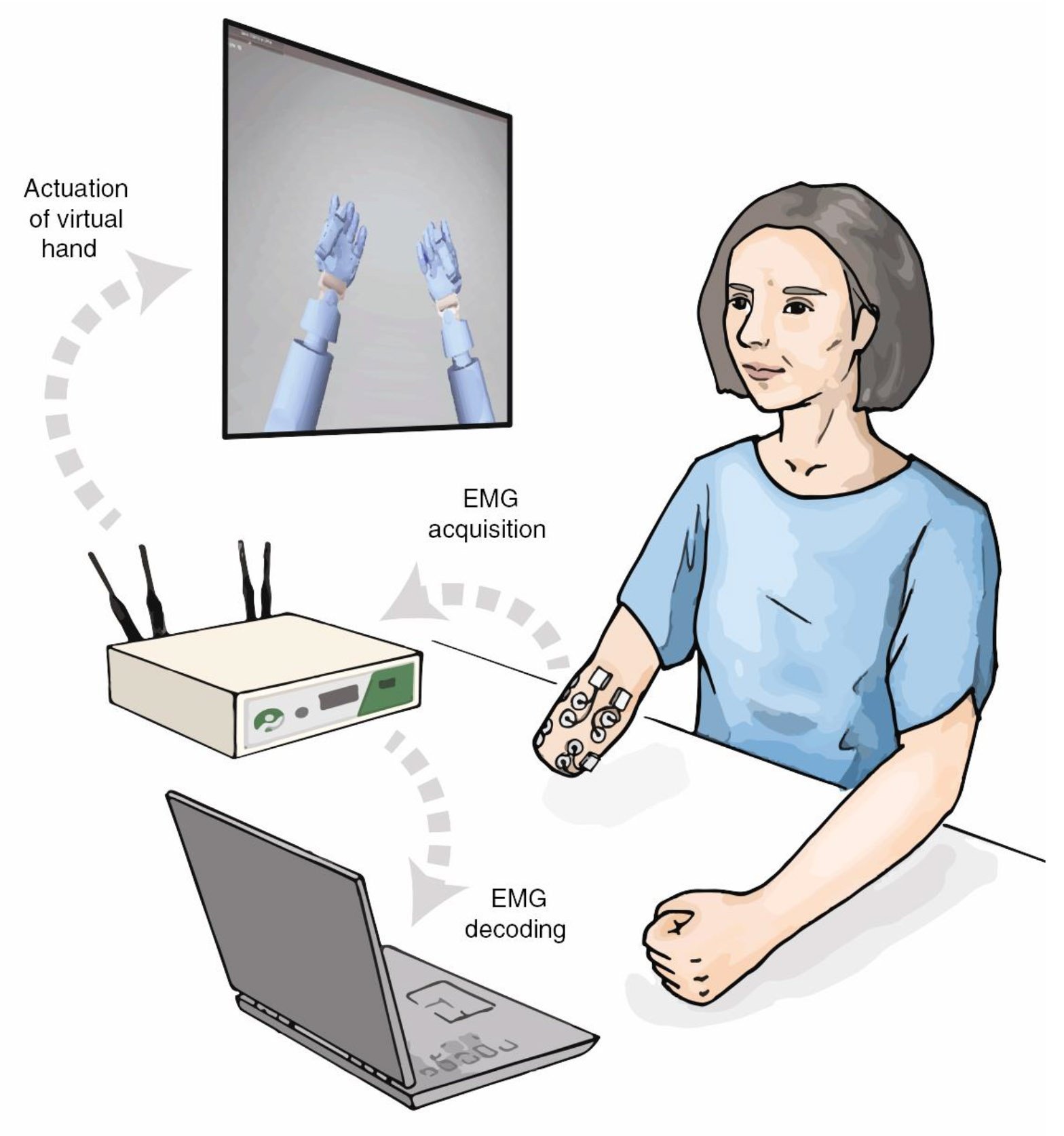Neuroprosthetics: The 21st century also known as the digital age is an era marked by rapid adoption of information technologies. Artificial intelligence (AI) has taken the world by storm and new advancements are on the rise in the field of robotics.
 One incredible use of AI and robotics is through neuroprosthetics. Neuroprosthetics are devices that convert brain’s intentions into external actions as well as translate environmental stimuli input directly to the nervous system like the bionic ear and cochlear implant.
One incredible use of AI and robotics is through neuroprosthetics. Neuroprosthetics are devices that convert brain’s intentions into external actions as well as translate environmental stimuli input directly to the nervous system like the bionic ear and cochlear implant.
The merge between neuroengineering and robotics is paving the way to the future where prosthetics can restore functionality of a lost limb by shared control. Shared control is a system that not only has user control but also automation components.
The user works together with the AI to complete a certain set of tasks. However, work still needs to be done in the field to mimic the freedom of movement as a natural limb.
One new improvement in shared control technology is the work done by Silvestro Micera and colleagues. They recently published in Nature Machine Intelligence their work on the development of a smart artificial hand that can aid amputees.
They utilize myoelectric prosthetics which allow users, in this case amputees, to recover functionality from the remaining muscle activity. Micera’s work focuses on high dexterity finger movements and robust grasping abilities, mimicking that of an actual hand.
The team first taught the algorithm to decode the user’s intention and translate it into finger movements of the robotic hand. For this the participants of the study, three amputees and eight able-bodied individuals, performed a set of specific finger movements.
Signals from the amputee’s stump were detected by the sensors and learnt by the machine to distinguish between different finger movement patterns. Next they worked on engineering the algorithm for the grasping ability of the robotic hand on user’s action.
The algorithm enables the prosthetic hand to close its fingers and grasp an object when the surface sensors come in contact with an object. In order to test the algorithm the subject, an able-bodied individual, was assigned the task of moving a water bottle from one platform to another that was 30 cm away.
The trial was considered a failed attempt if the bottle fell midway. The entire study was divided into three experiments where the first two were based on virtual environment of a prosthetic hand and the third on the physical environment containing a robotic arm and hand .
Micera and teams robotic hand with shared control decreases muscle fatigue and is particularly great for individuals with limited electromyographic signals. Neuroprosthetics compared to traditional ones are helping amputees resume a normal life.
Tasks such as holding a glass of water or spoon all the way up to driving cars and archery are now doable. Robots have empowered humans to look beyond their disabilities, be it congenital or due to an accident and live life like a normal individual.
Currently, many projects similar to Micera’s work are in the pipeline for user testing and commercial use. So it would seem that a bionic human is no longer to be a comic book character!
